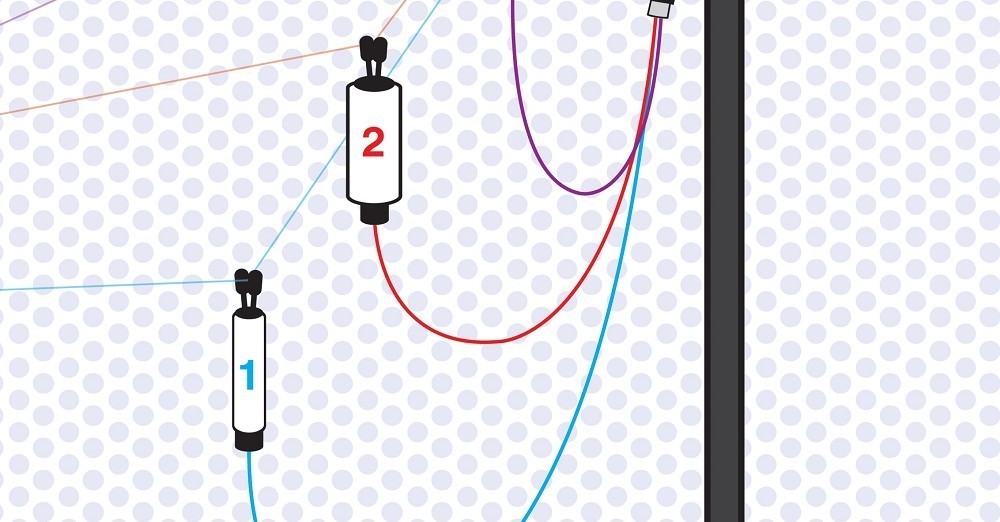
Lightweight or heavyweight indicators?
Unsure of when to switch to a lighter or heavier indicator? Here's CARPology.net's guide...
There are loads of different types, sizes and weights of indicators on the market today, some with chains, some with arms and some with cords. There is a huge array so the angler can choose the perfect indicator to suit their fishing situation and set-up style. But how many of us know exactly what indicator is used for which type of fishing and which weight should be used for the conditions?
Not many of us know and it can be a real help if we are able to pick the correct indicator type for the angling situation we are faced with. One certain element that can make a huge difference is the weight of the indicator. When would you use a heavy indicator over a light one and how would you position them on your line? This is what we are going to explain now, leaving you to takefull advantage in future sessions.
1. Small and light indicator
Small and light indicators are perfectly suited for short-range fishing. When using slack lines they are perfect so it keeps your line super slack. The best place to position them is to have a good drop between the alarm and the hanger or to have them lying on the floor. Having them laying on the floor means there is absolutely no weight on the line meaning it can settle perfectly slack.
2. Medium indicator
Medium-weight indicators are best when fishing at a moderate distance (around 60yds.). They also minimise the amount of ‘wind bleeps’ you get when there is a slight breeze across the lake. The best way to position these is to have them hanging halfway between the rod and the floor, as this means the line is not too slack so you can still get good indication.
3. Big and heavy indicator
Heavy indicators are best suited for fishing at range or when snag fishing tight against far margins. The heavy indicator stops your line from bowing at long-range with the undertow, so your line is still pointing perfectly at your rig. They are also good for snag fishing to make sure you have a perfectly tight line for the best bite indication. Another awesome advantage is that when it is really windy they also stop you getting lots of ‘wind bleeps’. These should be fished with a short drop from the alarm, often when using a heavy indicator you will get several bleeps alerting you of a take, either that or the bobbin will drop back.




